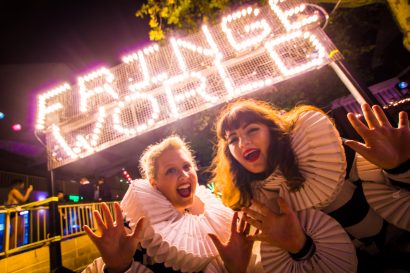At a glance the WA dance sector appears to be flourishing, with two flagship companies, a centre for choreography and an internationally-renowned training facility. But are things as rosy as they seem? Victoria Laurie investigates.
WA dance moves raise concerns
2 August 2022
- Reading time • 10 minutesDance
More like this
- How to watch ballet
- STRUT Dance comes of age
- Fairytale leaps to life with fun twist
What is the state of dance in Western Australia? If West Australian Ballet is any indication, the answer is in a state of flux.
In June West Australian Ballet’s executive director Olivier David abruptly resigned after thirteen months in the job; just days later it was announced that chair Sherry Duhe was stepping down after three years, ahead of an interstate job move.
The sudden departure of David has left Artistic Director Aurélien Scannella running the company’s day-to-day operations, as well as his own job, until a new executive director is found.
But additionally, in the last 18 months the Ballet has suffered an exodus of 15 staff, 13 from its philanthropy, access, sponsorship, marketing, executive and technical sections, and two dancers.
It’s not as if West Australian Ballet (WAB) has lacked success – its most recent contemporary dance season, “State”, was well-reviewed (by many publications, including Seesaw Mag). In 2021, company ticket revenue surpassed $4.9 million for the first time. And late last year, seven new dancers were hired, bringing the total to 45 and ever closer Scannella’s cherished dream for an ensemble of 50 dancers.
Later this year, the company will stage Swan Lake in a new version set in colonial Fremantle and directed by Krzysztof Pastor, the international choreographer who created WAB’s hit Dracula.
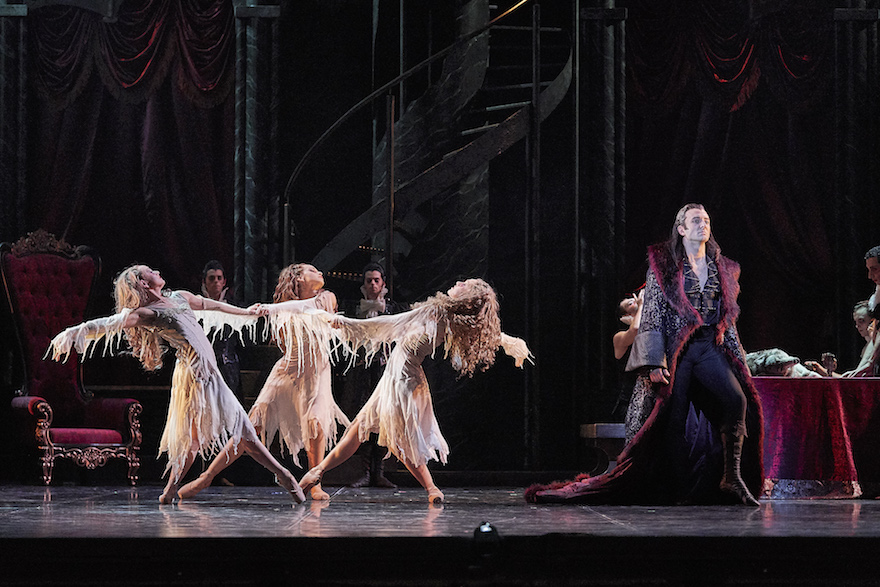
“Swan Lake is going to be huge,” says new WAB chair Ingrid Puzey, who has stepped up from her deputy chair role to replace Duhe. “It has an Indigenous aspect and it will be the first time we’ll be able to perform a full-length version of Swan Lake because the company is larger.”
Puzey is candid about WAB’s rapid exit of staff. “We’re very sad to lose people obviously, but I don’t think you can put it down to one thing. It mirrors what’s going on around the world.”
We’re very sad to lose people obviously, but I don’t think you can put it down to one thing. It mirrors what’s going on around the world … We’ve had people who wanted to try other things and a few people poached.
“We were remarkably stable through 2020-2021 and we really pulled together. Now we’re experiencing what other companies experienced during COVID. We seem to have had a lag effect. We’ve had people who wanted to try other things and a few people poached.”
WAB’s Philanthropy Director Catherine Henwood, whom Puzey praises for keeping donations stable during the critical lockdown period, left to take up the role of CEO at Perth Symphony Orchestra.
David’s abrupt and unexplained exit from WAB was accompanied by company gratitude for his “expertise and leadership … in a time dominated by the pandemic and changing of restrictions.”
“We were very disappointed when Olivier resigned, that was his choice,” says Puzey. She says his commercial credentials – in luxury brand marketing – were impressive, despite his lack of prior experience working in the arts sector.
Learning from the losses
Dance industry observers say WAB’s travails are a learning moment. Running a ballet company in Australia presents a particular challenge – while in Europe governments generously fund their ballet companies, companies here face a tricky trifecta of reliance on government grants, private donors and box office income.
“Have we learned things? Yes,” says Puzey. “We have engaged an international recruitment company Odgers Berndtson and they are undertaking the search for us right now. We’re looking for a person with arts experience and all the other experience, and I hope we can find somebody in Australia, or someone returning or wanting to come to Australia. We’re not going to rush, we want to find the right person.”
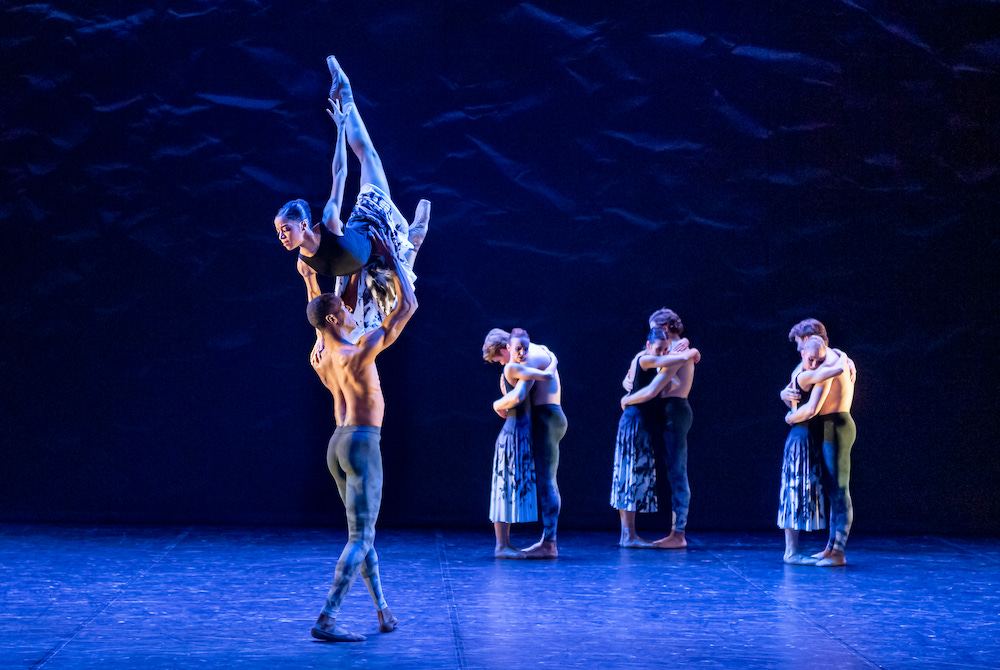
Whether COVID fatigue or board inattention to management issues contributed to the turnover of other staff, it will be an expensive exercise to replace them. Respected arts figure and former Australia Council chair, Professor Margaret Seares, has previously expressed her concern that WA arts boards tend to be corporate heavy and artist-light, ill-equipped to understand the nuances of a creative culture that differs from the commercial world.
Running a ballet company in Australia presents a particular challenge – while in Europe governments generously fund their ballet companies, companies here face a tricky trifecta of reliance on government grants, private donors and box office income.
Puzey says she echoes Seares’ comments. “There has been [that] tendency in the past. I’ve just taken over as chair and there are six board members, two of them ex-dancers. We want to increase the number and we’re looking outside the normal board makeup.”
Puzey says she favours a US model of large arts boards with subcommittees that conduct the board’s work. “It lends itself well to the limitations we have in Australia of funding, to get a broader cross-section of people involved. And also reaching out to different communities.”
“It’s much more about the skill-sets of people on the board, rather than how famous they are or how important in the corporate world.”
Fighting for funding to realise the dream
Puzey says WAB has an important mission to provide inspiration – and importantly jobs – for West Australians drawn to dance as a career. Thousands of children are enrolled in ballet and dance schools around the state, and elite dance programs at the Western Australian Academy of Performing Arts turn out around 30 professional dancers each year.
If they are classical ballet dancers, they may well find work at the now-augmented WAB. But Perth still lacks a contemporary dance company with the capacity to employ an ensemble of dancers full-time, meaning a dancer in that genre needs to leave Perth if they want a full-time job in a company.
When state flagship company Co3 Contemporary Dance was formed seven years ago in Perth, it aspired to fill that niche and employ dancers full-time; it still does. Chair Margrete Helgeby Chaney says Co3 is working hard to realise the dream.

“We are committed to providing employment opportunities for dancers,” says Helgeby Chaney, whose own dance career thrived in Perth, first at WAB and then at Chrissie Parrott’s contemporary dance company (which folded in 1996 after Parrott created 100 original works.)
… there’s been no CPI increase since we were funded, while everything – including wages – has gone up … We need the state government to get on board with a conversation about what the arts can contribute in a cross-portfolio discussion.
While Co3 may still lack the funds to employ its dancers full-time, it offers tangible creative support to independent choreographers. Its Pathways program, now in its second year, offers three levels of support, including free studio rehearsal space (In.Studio), and studio space plus a small financial grant (In.House). The third program, In.Residence, results in a public performance, most recently highlighting the work of rising talent Emma Fishwick.
Helgeby Chaney says Co3 benefits from the stability of three-year state funding, as one of 36 recipient arts bodies. “We’re grateful for our funding, but there’s been no CPI increase since we were funded in 2015, while our core costs – such as wages, superannuation, insurance etc – have gone up. We need the state government to get on board with a conversation about what the arts can contribute in a cross-portfolio discussion.”
It means “thinking laterally, like dance for people with Alzheimer’s, or for people in isolation, or promoting creativity in the mining sector.”
The new Federal arts minister Tony Burke is talking along those lines, she says, “but the WA government appears to not be ready for such a conversation, and we have to fight for those concepts to be understood.”
Renewed optimism and new leaders
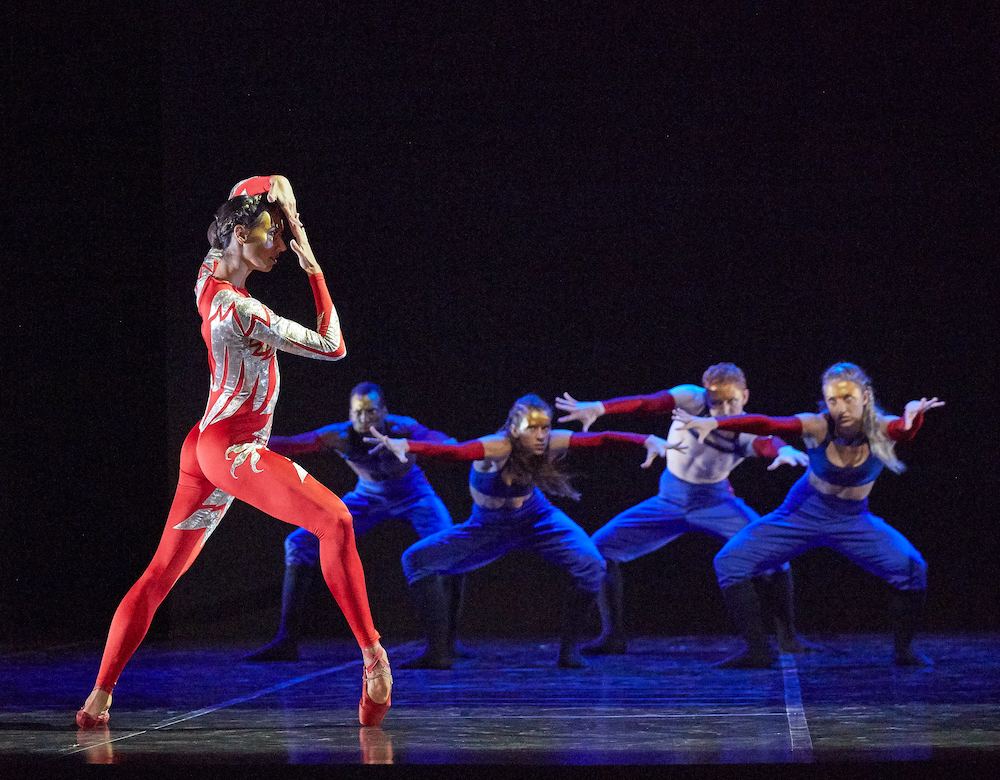
Helgeby Chaney says the dance sector in WA “has a renewed sense of optimism, a desire to do away with the old silos between us.” Co3 and WAB have collaborated twice in seven years in Ballet at the Quarry seasons, and both company chairs told Seesaw Magazine they would like to see more of it.
STRUT Dance is a third player in the WA dance scene that this year celebrates its 20-year anniversary. Under Paul Selwyn Norton, STRUT rebranded itself as a national choreographic centre and marketed workshops to dancers nationally, and even internationally. Its ambition saw works from celebrated choreographic figures like Israel’s Ohad Naharin and UK’s Crystal Pite brought to Perth, providing once-in-a-lifetime opportunities for local dancers and makers to participate in workshops and present international repertoire.
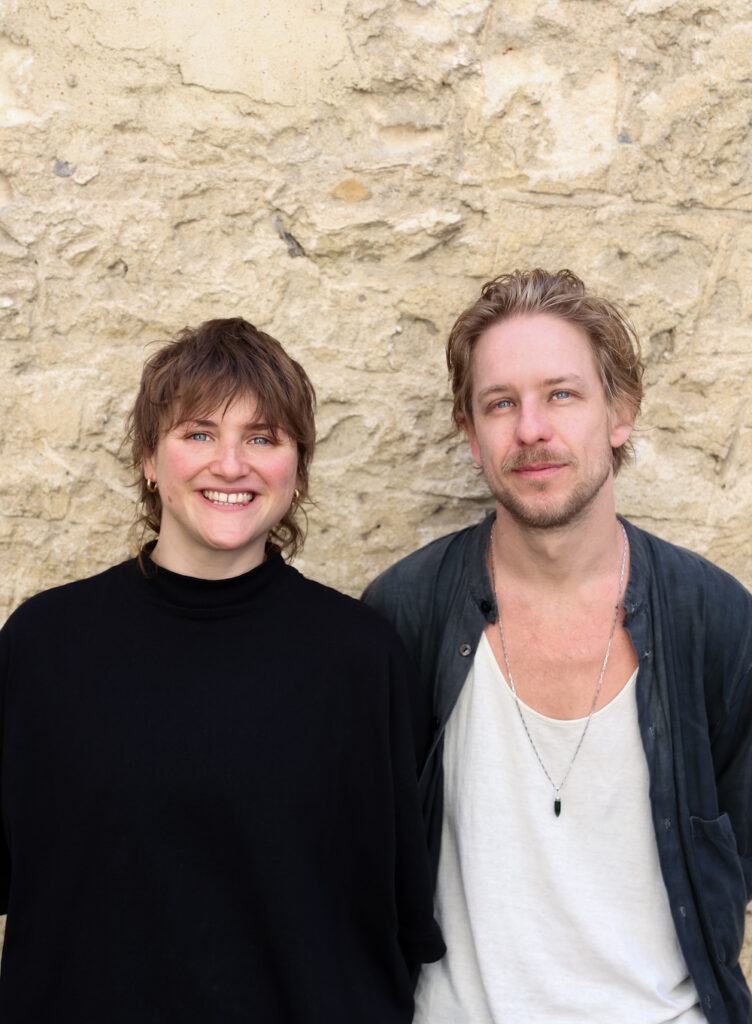
Perth Festival audiences also relished the opportunity although Selywn Norton endured some criticism that STRUT lagged in the creation of local work. His departure has led to new leadership under co-directors, James O’Hara and Sofie Burgoyne.
Both are West Australians whose return is being hailed as a coup for homegrown dance. Yet O’Hara brings a wealth of international experience as former co-artistic director of the New Zealand Dance Company, and a track record – like Selwyn Norton’s – of working with influential artists like Marina Mascarell, Michael Keegan-Dolan and Sidi Larbi Cherkaoui.
The dance picture is not complete without Marrugeku Indigenous dance and physical theatre company. Perth patrons rarely get to see the company that is based partly in Broome and at Carriageworks in Sydney. But Marrugeku is a festival pleaser – Dalia Pigram’s Jurrungu Ngan-ga (Straight Talk) has just served up challenging subject matter about First Nations Australians in custody and refugees in detention for Melbourne’s recent Rising Festival.
A history of body blows
Undeniably, the WA dance sector has suffered body blows over the years. One was the defunding, at the end of 2018, of Ausdance WA, the sector body credited for a time with nurturing collegiality among various dance companies. It also presented the biennial MoveMe Festival, which strove to put a spotlight on WA-based talent in the contemporary dance sector. Ausdance WA ran the festival until 2019 when funds ran out, and the body now exists only in name.
The last national Dance Summit to analyse what ailed and inspired the sector was held more than 20 years ago; Future Moves, a WA initiative to inject $1.6m into dance in WA, expired in 2012, and there are no longer any art form specialists in the state Department of Local Government, Sport and Cultural Industries. In discussions held in 2020 with the Department, independent dance artists complained that funded companies are not engaging sufficiently with independent artists to grow the artform.
It would be valuable to meet with the state government on a level equal to sport and other areas which enjoy more foundational stability. The arts are just as important and need things like insurance just as sport does.
West Australian Ballet’s Puzey says the entire sector deserves a better hearing from government. “It would be helpful if arts and culture were able to engage with government in a different way. It’s fractured and not working well. It would be valuable to meet with the state government on a level equal to sport and other areas which enjoy more foundational stability. The arts are just as important and need things like insurance just as sport does.”
Ask a dance practitioner, and they may say that all they need is opportunity, requisite funding, and an instinct to collaborate.
As an example, in September, Co3 will present a staged performance of Antonio Vivaldi’s Gloria, the early 17th century composer’s hymn of praise and worship. Ten dancers will animate the music, performed by 25 players from the West Australian Symphony Orchestra and the St Georges Cathedral Consort.
Gloria will be a remarkable reprise of the dance work by Douglas Wright, twenty years on from an early performance in Perth. Original cast member Claudia Alessi will return to the role.
The performance will also be a reminder of enduring local creative talent, and an ode – in Co3’s words – “to joy, to love and to dancing.”
Pictured top: Kiki Saito and Matthew Lehmann in Nils Christe’s ‘Before Nightfall’ presented by West Australian Ballet. Photo:Bradbury Photography
You can catch STRUT Dance’s Groundworks season at the Dolphin Theatre, 17-20 August 2022.
Co3 Contemporary Dance will present Gloria, 14-18 September at the State Theatre Centre of WA.
Like what you're reading? Support Seesaw.



